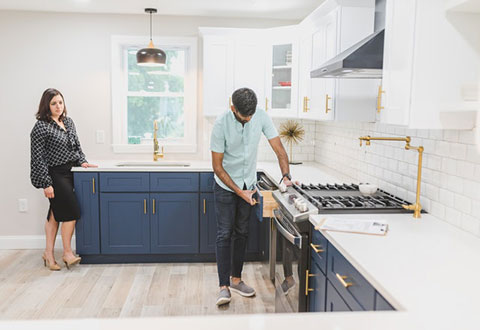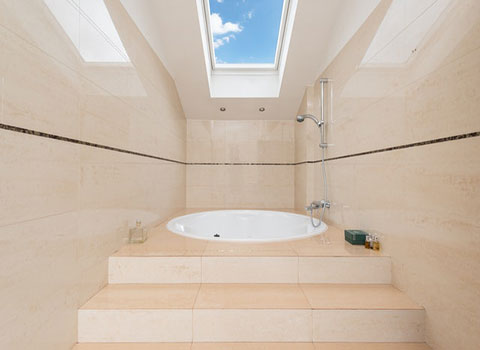Parenting Classes: The Importance and Benefits of Taking Classes
Are you like to become a better parent who spends more time with your kids? Do you want to know how to become the best parent you could be, and do you know how? It is time to take parenting lessons. If you said”yes” to the question.
Contrary to what many believe, parenting classes aren’t simply for parents who struggle with their children or having a hard time managing them. In fact, the classes are open to everyone, especially those who want to improve their parenting abilities. Guided mentors and non-profit groups instruct these classes. Additionally, many government institutions, such as schools and those within the social welfare industry, support some of these programs.
 Benefits of Taking Parenting Classes
Benefits of Taking Parenting Classes
Here are some of the reasons you should look into parenting programs to answer your question. In case you aren’t aware that there are many things you can gain from these programs, such as the following:
Learn from experts
Are you wondering how certain parents appear to have it all under control when raising their kids? Participating in parenting classes can help you to learn from your mistakes. But, of course, there’s no way to be the only person taking these lessons. There’s just one thing that’s different between them: They’ve mastered the art of teaching and are eager to share their knowledge.
Gain knowledge
Instruction in a group or individual parenting skills is possible. Learning classes like these are a great method to increase your knowledge. You will learn from your professor and from the experiences of other parents, as well. Your personal experiences as a parent, including how you raise your own children and the challenges you face, will also be included. As a parent, you’ll find numerous new information about yourself.
Make new friends
When you’re raising kids, there are many problems to be faced. But the good thing is that you’re not the only one dealing with these issues in life. Parenting programs are a great chance to get to know other parents and create new friendships. Through this, you can learn from one another while also developing a sense of friendship.
 How to find parenting classes
How to find parenting classes
Making a decision on a parenting course isn’t difficult. Think of it this way it is, for instance, the child you are raising often has to go to your office by their guidance counselor or principal. So you might ask your child’s school if they have any recommendations for parenting classes that will assist you in becoming a good parent to your child so that they behave better in school.
Searching for them online is also a viable option. They are offered by various organizations, and they’ll often be advertised on their websites. Additionally, you can join their site and receive gratis parenting emails and publications by signing to their site online.
You can take part in parenting lessons when you have friends who took classes recently attended or are currently attending. They can also advise you on the finest place to attend lectures, how much they cost, and other pertinent details. Learning to take parenting classes can have many benefits, and the ones listed above are just a few examples. If you’re a mom-to-be, you must cope with parenting a child. If you’re struggling with your parenting and are struggling to manage your child, you can seek assistance in a local parenting class.

 There are many reasons to get your home inspected. It depends on how you might be selling the house or searching for new insurance. If you’re looking to have an inspector examine your home, it better be in tip-top form. The outcome of an inspection can be affected by the tiniest of factors. It is the responsibility of inspectors to identify any problems at the earliest possible time. The following issues can be addressed before an inspector arrives at your home may be easier if you split your home into the following areas.
There are many reasons to get your home inspected. It depends on how you might be selling the house or searching for new insurance. If you’re looking to have an inspector examine your home, it better be in tip-top form. The outcome of an inspection can be affected by the tiniest of factors. It is the responsibility of inspectors to identify any problems at the earliest possible time. The following issues can be addressed before an inspector arrives at your home may be easier if you split your home into the following areas.
 4. Offer them something valuable.
4. Offer them something valuable.
 3. Ensure All Equipment Is Working Properly
3. Ensure All Equipment Is Working Properly
 5. Teach responsibility
5. Teach responsibility Many people enjoy listening to their favorite music. Music inspires us and makes us feel more alive, especially when we feel sad. Music is also a reflection of our personalities. We listen to our favorite music depending on our age, personality, and mood. When we are sad, we listen to and sing to our favorite love song, and when we are happy, we listen to cheerful music that we can sing and dance to.
Many people enjoy listening to their favorite music. Music inspires us and makes us feel more alive, especially when we feel sad. Music is also a reflection of our personalities. We listen to our favorite music depending on our age, personality, and mood. When we are sad, we listen to and sing to our favorite love song, and when we are happy, we listen to cheerful music that we can sing and dance to.